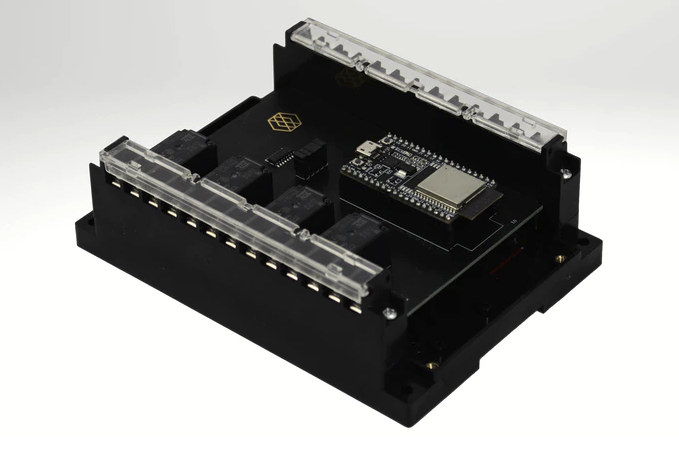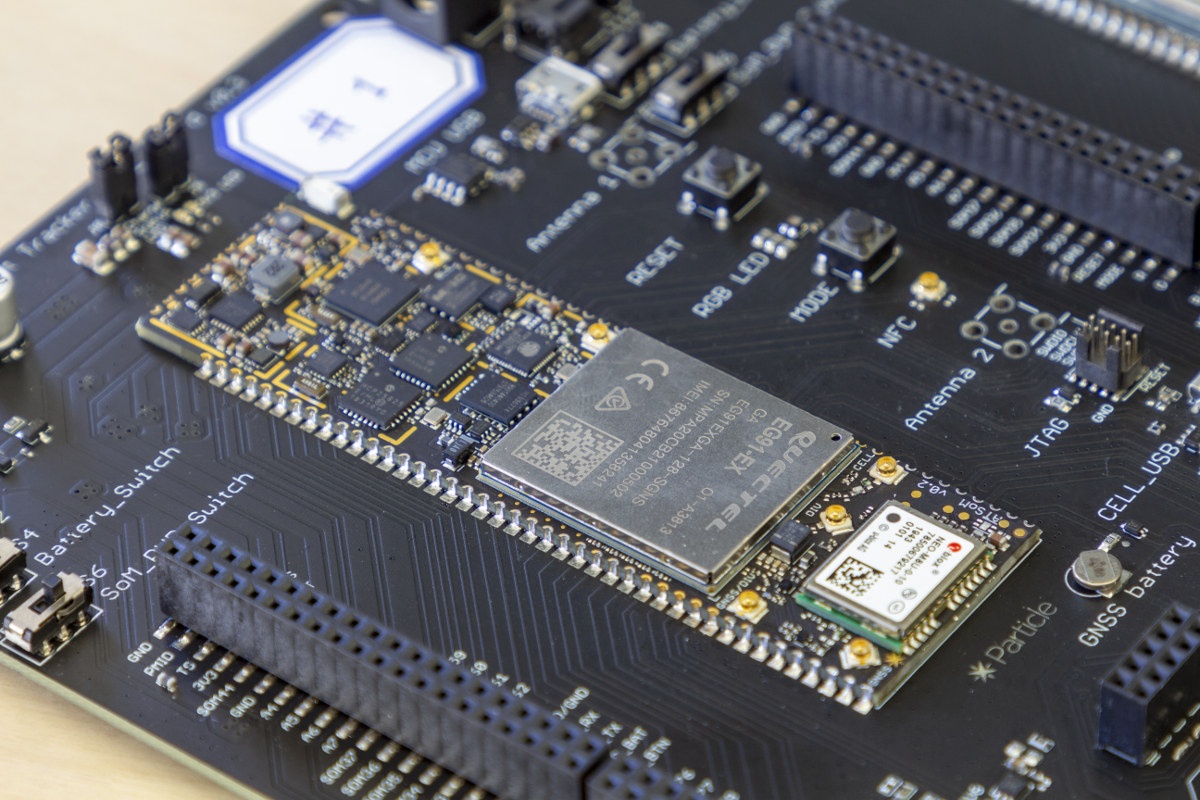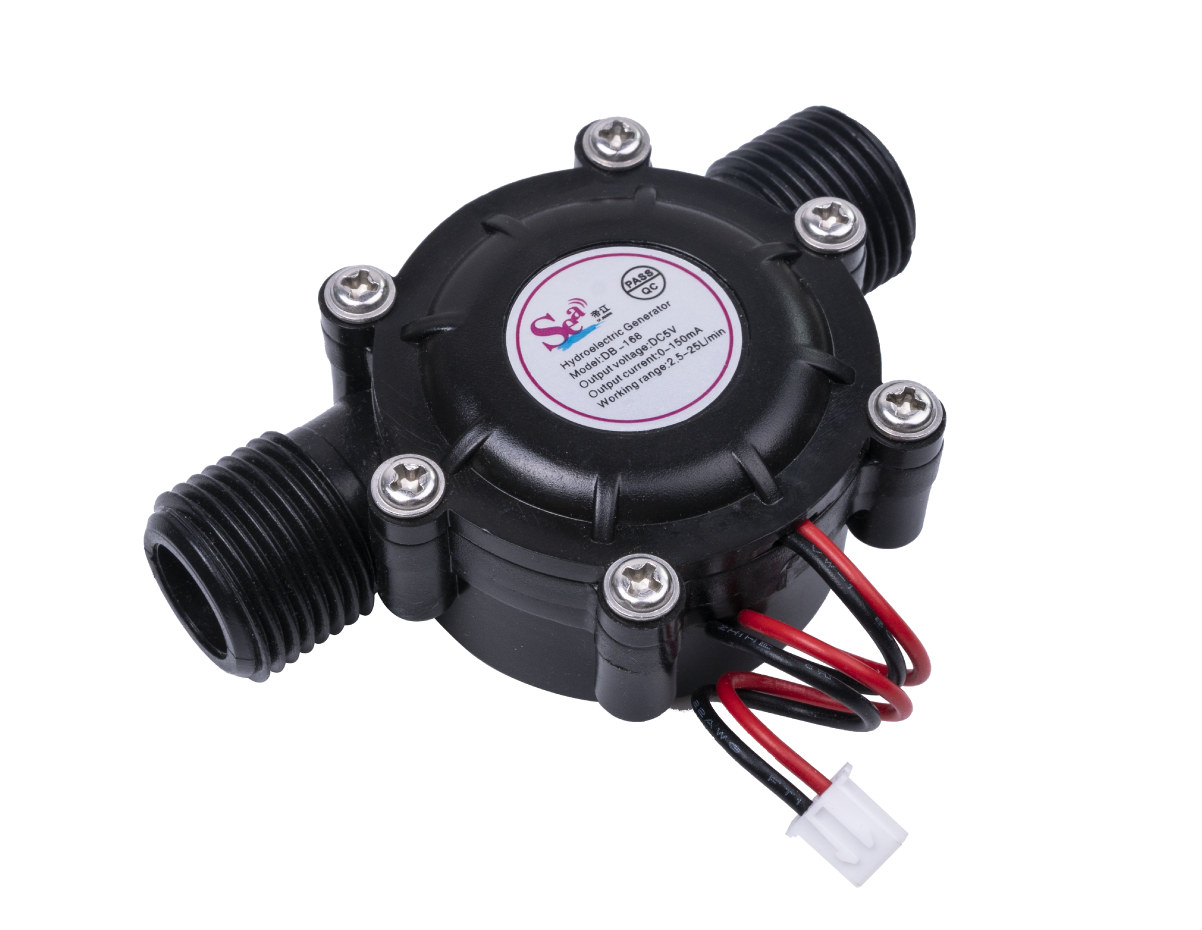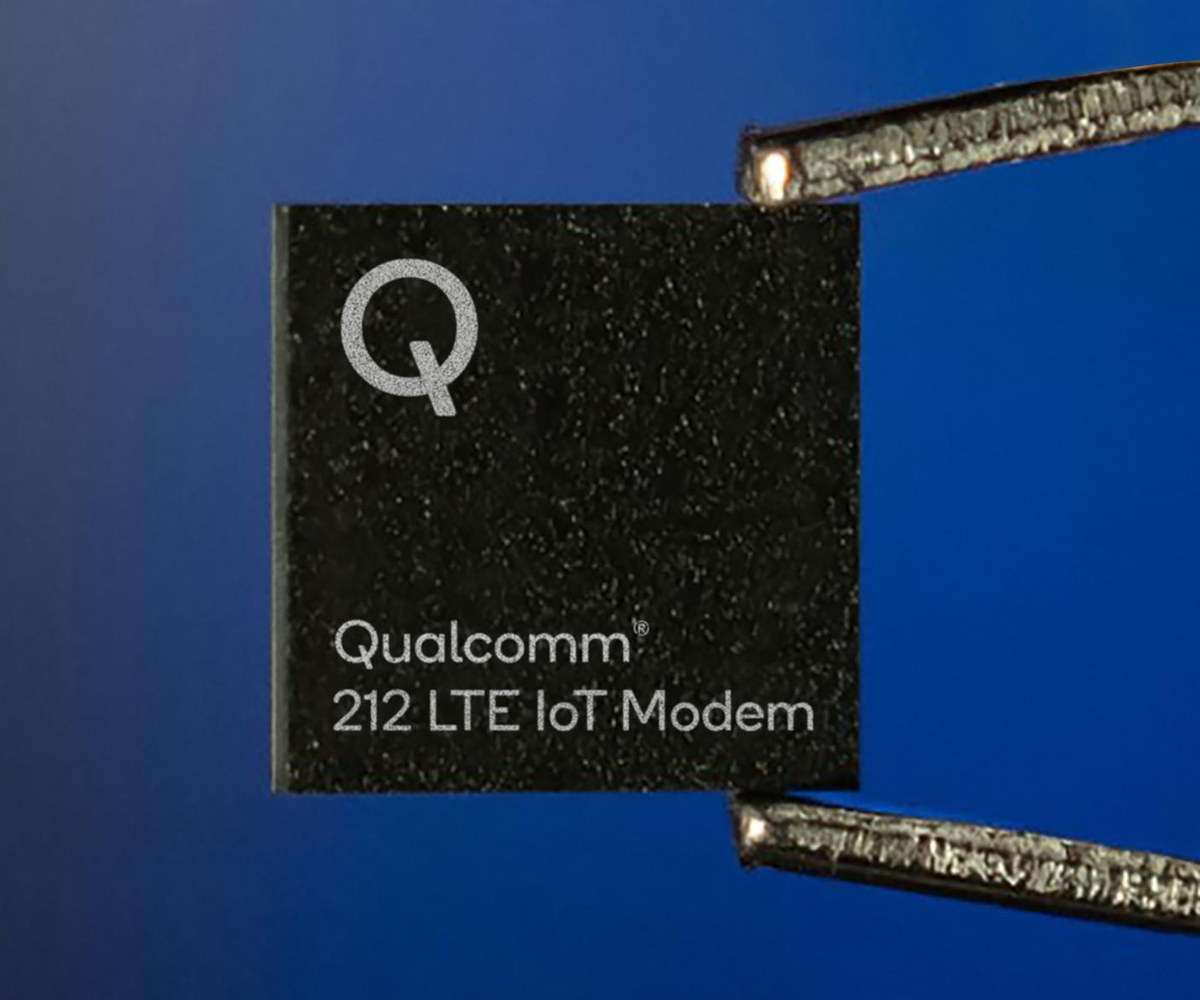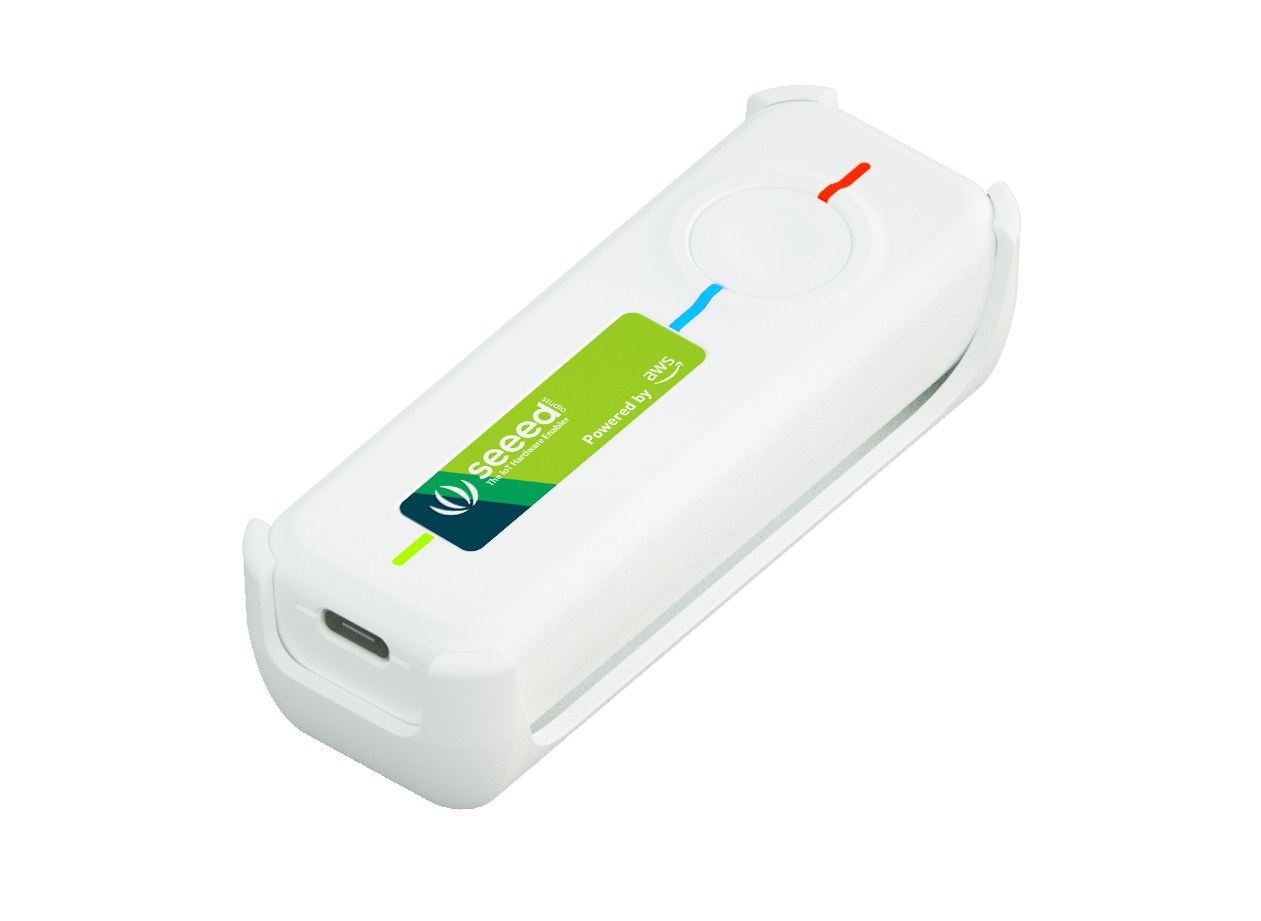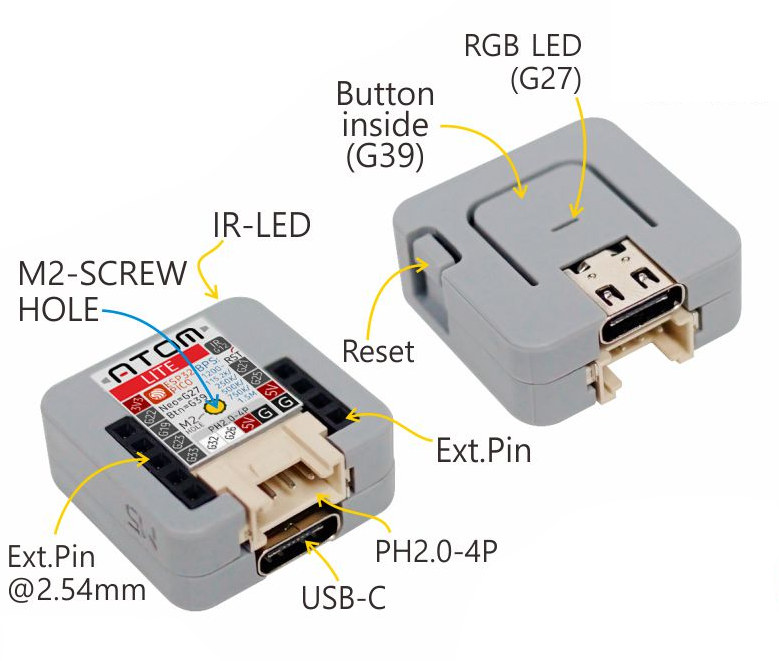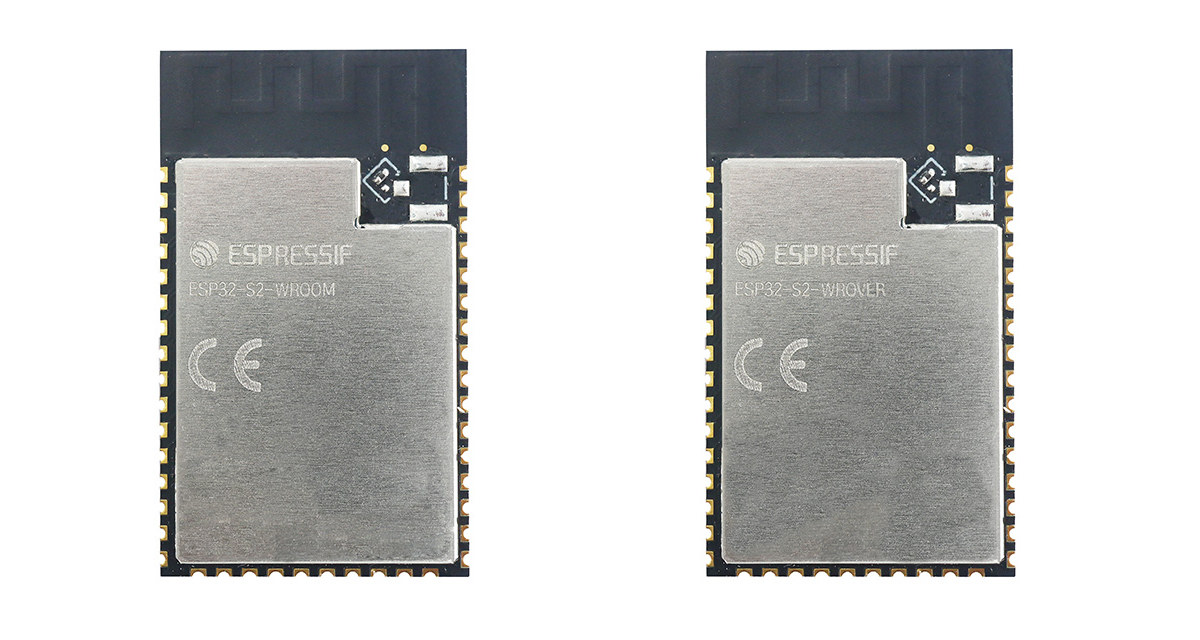Last year, we covered Pi-oT Raspberry Pi add-on board designed for commercial and industrial IoT applications with five SPDT relays and eight analog outputs housed in a DIN rail enclosure, although some noted it may not be suitable for all industrial applications due to the lack of 24V DC input and protected outputs. But there seems to be a market anyway, as the company has now come up with a similar product, except that Pi-oT ESP module replaces the Raspberry Pi board with an ESP32 board, namely ESP32-DevKitC-D32. Pi-oT ESP module key features and specification: Board – ESP32-DevKitC-D32 based on ESP32-WROOM-D32 module with ESP32 dual-core processor, 32Mbit SPI flash Relays – 4x Panasonic SPDT relays controlled via GPIO pins Screws terminals for Relay outputs 6x analog inputs configurable as GPIO if needed 2x analog outputs configurable as GPIO if needed 2x GPIO 5V input, 3.3V, and GND Power Supply – […]
Particle Tracking System Offers Software, Hardware LTE IoT Module and Tracker in Turnkey Solution
Particle’s first cellular M2M module was launched in 2015 when the company was still called Spark IO. Since then they’ve offered new modules and boards supporting recent standards like NB-IoT and/or LTE Cat-M with product likes Boron and E series castellated modules. The company found out that most of their customers used their boards for asset tracking despite many off-the-shelf products already available, and the main reason was the ability to customize the solution. To help their customers, the company has now launched the Particle Tracking System combining a software suite with LTE IoT system-on-module and Tracker One reference product to ease the development and deployment of customized asset tracking solutions. Particle Tracking System is comprised of three main components relying on the existing Particle IoT platform: Particle Tracking Services software suite with geolocation services (mapping and geodatabase), fleet-wide device management, an open device firmware application framework to integrate with […]
Power Sensors and Boards with Water using 5V/12V Micro Water Turbines
I follow some online IoT groups, and many of the projects are related to smart farming and greenhouses. People may want to monitor temperature and humidity and other environmental factors using battery-powered sensors. If there are many of those sensors, this can be cumbersome to either replace or recharge batteries, and that increases maintenance costs. But since plants usually need to be watered there should be some water pipes around, and I’ve just found out some low-cost micro water turbines that can generate 5V or 12V when connected to a water pipe and water flows. Micro water turbines specifications: Output Voltage 5V model 5 +/- 0.3 VDC water flow 10+ L / min 3 to 5 +/- 0.3 VDC Water flow 4L / min 3 +/- 0.25 VDC Water flow 3.5L / min 12V model 12 +/- 0.3 VDC water flow 10+ L / min 5 ~ 12 +/- 0.3 […]
Qualcomm 212 LTE IoT Modem Supports LTE Cat NB2, Promises Higher Power Efficiency
A few years ago, Qualcomm launched Snapdragon 212 processor for smart speakers. This post has nothing to do with this, but strangely the company decided to reuse the 212 number in its new Qualcomm 212 LTE IoT modem with the claim of being the “world’s most power-efficient single-mode (NB2) chipset”. Specifically, Qualcomm 212 LTE IoT Modem is said to require less than one micro-amp (1uA) of sleep current, support ultra-low system-level cut-off voltage (as low as 2.2V) with provisions for adapting power usage according to varying source power levels. Qualcomm® 212 LTE IoT Modem key features and specifications: MCU Core – Arm Cortex M3 @ up to 204 MHz Cellular Connectivity 3GPP Rel.14 LTE capabilities: Cat-NB2 with multi-carrier NPRACH and Paging, Cat-NB2 Release Assistance Indication (RAI), Cat-NB2 with larger TBS and 2 HARQ processes Peak Speeds – DL: 127 kbps; UL: 158.5 kbps Frequency Bands (700Mhz to 2.1 GHz for […]
MIOTY Silicon Vendor Agnostic, Scalable LPWAN Standard to Take on LoRaWAN, NB-IoT
[April 6th update: The article was updated to reflect Fraunhofer invented the technology] There are plenty of LPWAN (Low Power Wide Area Networks) standards designed for low power, low bitrate and long-range connectivity with the most popular currently being NB-IoT and LoRaWAN. But Texas Instruments has joined other smaller companies (Fraunhofer, Ragsol, STACKFORCE, WIKA…) to form the MIOTY alliance in order to develop and promote a new LPWAN standard operating in the sub-GHz range called MIOTY. Texas Instruments explains MIOTY was born due to a lack of scalability and robustness (interferences issues) of current LPWAN solutions. But just like other similar low power WAN standards, it aims to support long-range while achieving long battery life, but MIOTY is also supposed to help IoT developers mitigate performance degradation in high-node-count networks. MIOTY works in the same license-free bands (868 MHz, 915 MHz …) as LoRa radios with no costs involved to […]
Seeed IoT Button for AWS Brings Back Amazon Dash Button to Life for Developers
Amazon introduced $5 dash buttons in 2015 to let consumers purchase regular items such as washing powder by simply pressing a button. Some people hacked them for other purposes, for instance as WiFi logging buttons, but the company eventually stopped selling the buttons in February 2019 and fully killed those at the end of August. Seeed Studio is bringing back Amazon Dash button to life in some ways, with the Seeed IoT Button For AWS Wi-Fi-based, programmable button that deploys the AWS IoT 1-Click service. Seeed IoT Button for AWS hardware specifications: MCU – Dual-core MCU with 20MHz Cortex M0 and 200MHz Cortex M4F (Very likely Realtek RTL8720DN Wireless MCU) Storage – 4MB flash Connectivity – Dual-band Wi-Fi 4 802.11 a/b/g/n (2.4GHz & 5GHz) and Bluetooth 5.0 LE USB – 1x USB Type-C port for charging Misc – Button good for 100,000 cycles, 3x LEDs (red, green, blue) Power Supply […]
M5Stack ATOM is a Compact, Fully Integrated ESP32 Development Kit
When working on a project you may need an MCU or MCU board, an external display, a breadboard, and other accessories like sensors and jumper cables. It does the job, but it can be messy. Recently, we wrote about M5Stack M5StickV AI camera, but the company is better known for its ESP32 IoT development kits enabling neater project thanks to hardware that integrates MCU, I/O headers, display, and sensors into an enclosure. Their latest offerings are ATOM series toolkits that come in two versions: ATOM Lite and ATOM Matrix. Let’s have a look at both. M5Stack ATOM Lite Specifications: SiP – ESP32-PICO-D4 system-in-package with ESP32 dual-core processor with WiFi 4 and Bluetooth 5.0/5.1 Storage – 4 MB flash Crystal oscillator and passive components USB – 1x USB Type-C port Expansion 9-pin header with 6 GPIOs compatible with jumper cables 4-pin PH2.0 connector with 2x GPIO, 5V and GND Misc – […]
ESP32-S2 WiFi SoC Sells for $1, ESP32-S2-WROOM & ESP32-S2-WROVER Modules for $2 and Up
Espressif Systems ESP32-S2 was announced in May 2019, before the release of the datasheet and first internal development boards a few months later. Mass production was delayed due to COVID-19, but earlier this month we reported ESP32-S2 mass production had started and the company has a new ESP32-S2-Kaluga-1 multimedia development board in the works. So it was just a question of time before the processor, modules, and boards become available. Unexpected Maker recently got a development kit with ESP32-S2 final silicon, so I thought maybe I could find ESP32-S2 hardware on Aliexpress. I had no luck finding modules or boards at this time, but one seller is currently selling ESP32-S2 for just $1 per piece, but the trick is that you’d have to purchase 2,000. It’s also about the same price on Digikey. As a reminder, ESP32-S2 SoC is based on a single Xtensa LX7 core clocked at 240 MHz, […]


